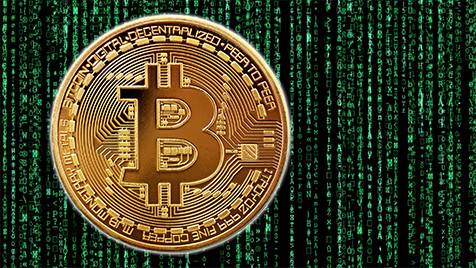The US dollar headed toward its third consecutive daily loss against the euro on Thursday, while edging slightly higher against the Japanese yen, as ongoing concerns over US–China trade tensions and dovish remarks from Federal Reserve officials weighed on market sentiment.
Analysts said political headwinds have pressured the yen, though they expect the currency to find near-term support from the anticipated US interest rate cuts, the end of the Fed’s quantitative tightening program, and the potential rise in market volatility, which typically benefits safe-haven assets.
US Treasury yields remained near multi-week lows, with the 10-year yield hovering just above 4%, adding pressure on the dollar as investors continued to assess the impact of the prolonged US government shutdown.
The Federal Reserve’s Beige Book, released Thursday, painted a weak picture of potential support for US interest rates, noting signs of economic softness, including increased layoffs and weaker spending among middle- and lower-income households. Fed Board member Steven Miran said on Wednesday that rate cuts have now become “more urgent.”
The dollar index, which measures the greenback’s performance against six major currencies, fell 0.05% to 98.63 points, heading for a weekly decline of around 0.3%.
Focus on Chinese Rare Earth Metals
Investors turned their attention to China’s latest expansion of export restrictions on rare earth metals — a move sharply criticized by senior US officials on Wednesday, who warned it could disrupt global supply chains.
Chris Turner, head of global markets at ING, said, “The question investors are asking is whether China’s proposed restrictions on rare earth exports are merely a bargaining chip to gain greater concessions from the United States.”
Amid the renewed escalation, US Treasury Secretary Scott Bessent confirmed that President Donald Trump still expects to meet Chinese President Xi Jinping in South Korea later this month.
Joseph Capurso, head of foreign exchange at Commonwealth Bank of Australia, noted, “A temporary extension rather than a comprehensive deal resolving all trade issues remains the most realistic outcome, compared to the risk of further retaliatory escalation.”
The Australian dollar held steady at 0.6511 US dollars after data showed the unemployment rate rose to its highest level in about four years in September, reinforcing expectations for a rate cut.
The risk-sensitive Australian currency has experienced sharp swings this week due to trade tensions, as investors shifted toward safe-haven assets.
Meanwhile, the Chinese yuan climbed to a two-week high against the dollar after the People’s Bank of China set its strongest daily fixing in a year.
Political Drama in France in the Background
The euro hit a one-week high, rising 0.10% to 1.1656 dollars, as investors awaited another round of political turbulence in France, where Prime Minister Sébastien Lecornu is expected to survive two no-confidence votes in parliament.
Nevertheless, the French political crisis has had little impact on eurozone bond markets, as investors see limited downside risk for French bonds in the absence of early elections.
However, delaying pension reform until after 2027 allowed Lecornu to defuse the crisis temporarily, while complicating the government’s efforts to restore fiscal balance, according to analysts.
Yen Between Support and Risk
The Japanese yen briefly touched a one-week high at 150.51 per dollar before settling slightly higher at 151.11 per dollar.
Japan’s ruling Liberal Democratic Party, weakened by internal divisions, is set to begin talks with the right-wing Innovation Party on Thursday — discussions that could help Sanae Takaichi secure victory in next week’s prime ministerial vote.
Shinichiro Kadota, head of FX and rates strategy at Barclays Tokyo, said, “Regardless of the outcome of the leadership election, markets are likely to expect more expansionary fiscal policies.”
He added, “We continue to hold long dollar-yen positions in anticipation of further gains, while remaining alert to the risk of government intervention or a Bank of Japan rate hike if the trend extends.”


